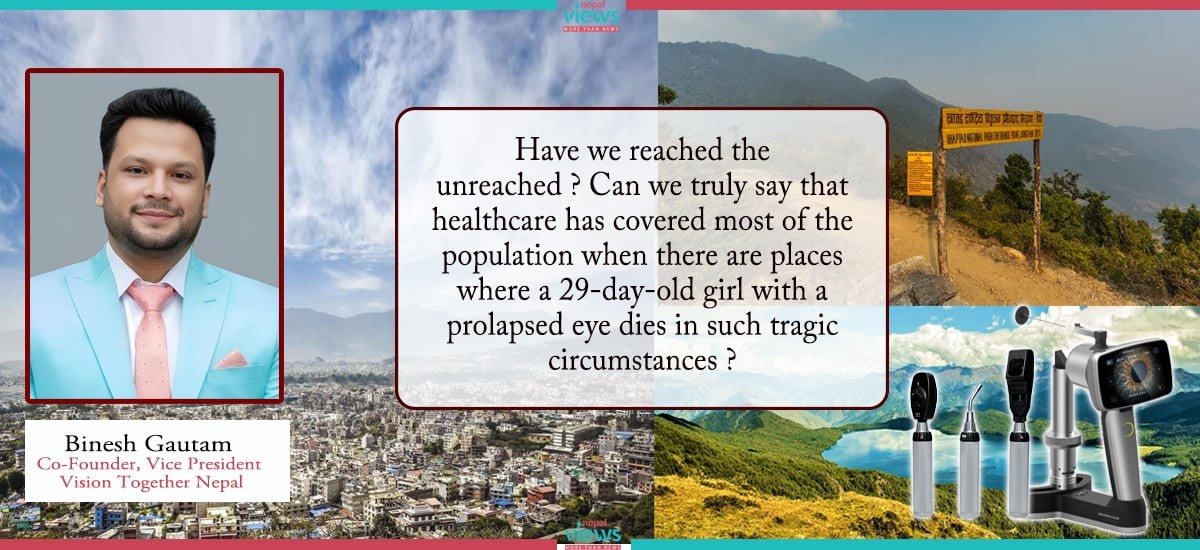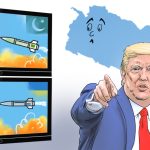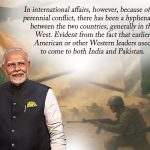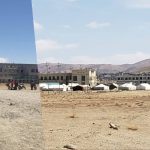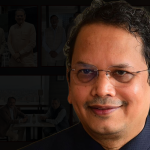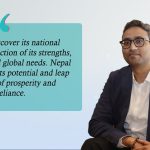Kathmandu: Our journey, “Trek and Treat,” was never just about hiking; it was about reaching the unreached, providing care where it was most needed, and spreading hope in the most remote corners of Nepal.
Our team embarked on this mission with a clear objective: to hike for a cause, to bring healthcare to those who could not access it, and to make a difference, no matter how small, in the lives of those who needed it most.
The plan was simple yet profound. We would trek through the rugged terrains of the Himalayas, reaching villages where basic healthcare was a distant dream. Memories of my first trek and treat are still fresh in my mind. With limited resources and a lot of hope, we were curious to start the first step of our dream project Trek and Treat.
I, Binesh Gautam, and my friend Sakar Subedi, being optometrists, with a passion for trekking and traveling to new places thought of mixing our profession with our passion and set a dream that was about to turn into reality. With limited money in our pockets and help from our friends, Suraj and Abhiraj, we decided to start a never-ending journey of hope, compassion, and heartbreak.
Our itinerary was packed with purpose. Starting from Kathmandu, we planned to visit Khaptad National Park via Rara Lake.
On the 12th of October, 2019 we left the bustling city of Kathmandu and took a direct flight to Nepalgunj. We spent the night in a modest hotel, where we carefully prepared our equipment and medicines for the journey ahead. We were excited about this innovative journey with few doubts and lots of hopes.
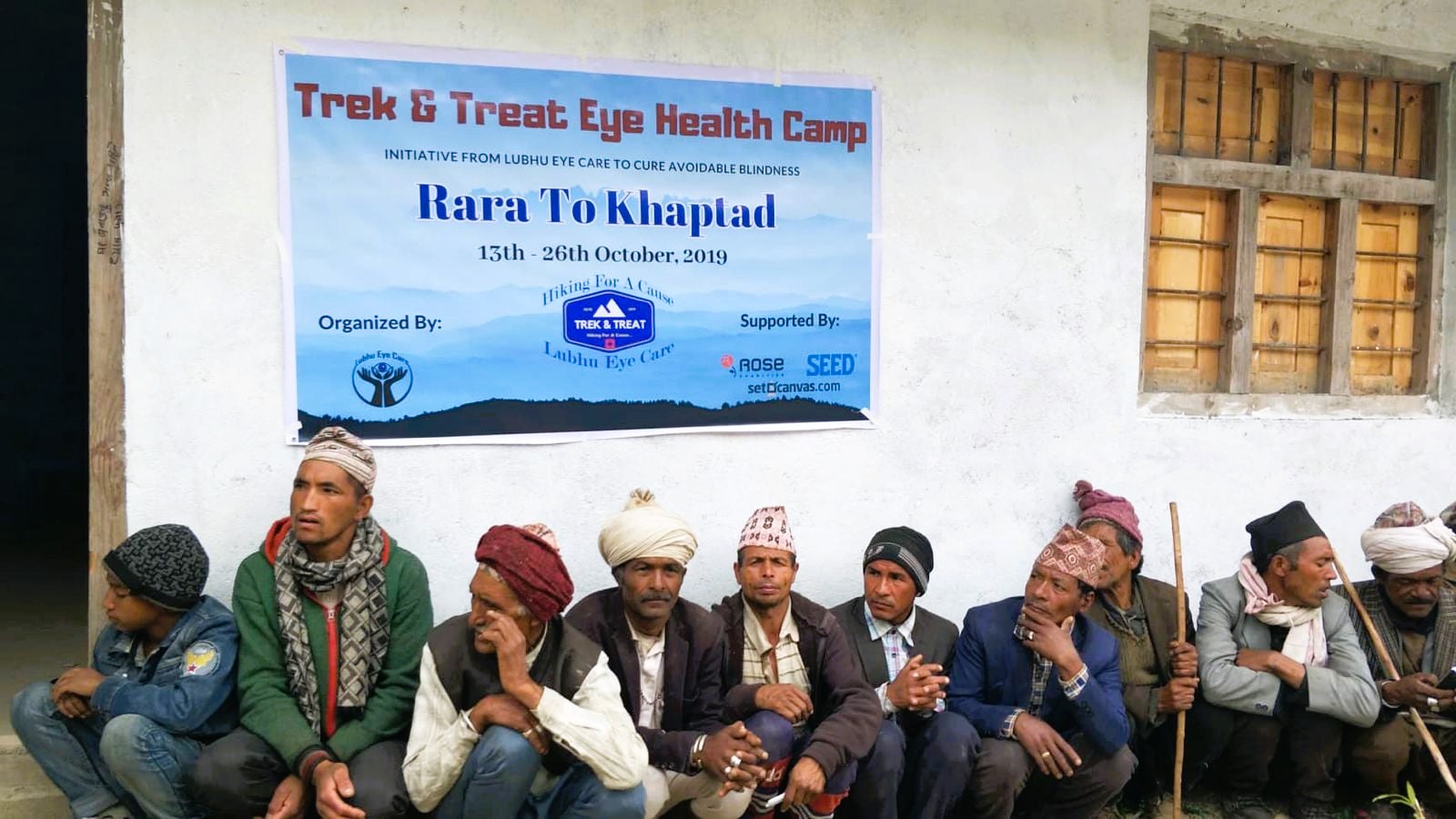
The next day, we flew to Talcha Airport. Then, we trekked for seven hours through steep, unforgiving paths to reach the serene Rara Lake. We camped by the lakeside, surrounded by the natural beauty that belied the hardships faced by the people living in these areas.
On the third day, we hiked towards our first screening site at Khatyad. After six hours of trekking, we reached the village at around 5 pm and immediately began our work. We screened around 40 patients that day, providing them with the care they so desperately needed.

As we completed our two-day eye camp in Khaptad, we were filled with a sense of accomplishment, knowing that our efforts had brought some light into the lives of the villagers who had so little access to basic healthcare where even getting a tablet of paracetamol was a big achievement for a villager.
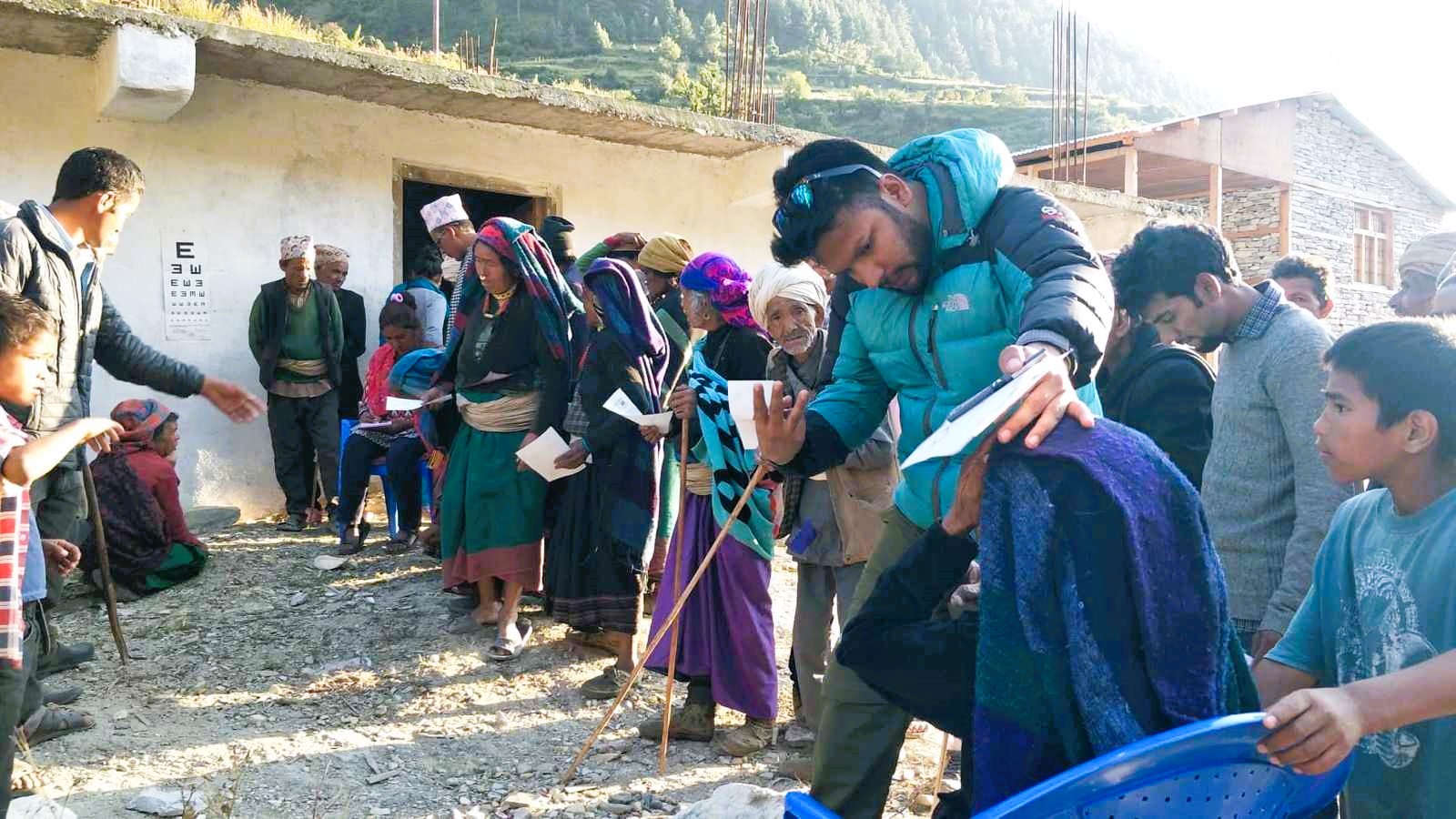
Our journey was far from over, though, as we packed our supplies and prepared to head to Ratapani, our next camp location. Little did we know that on the winding roads of these remote hills, we would encounter a story
that would forever remain etched in our hearts. That incident during our campaign changed us forever.
We were walking on the trails to Ratapani when a local villager ran up to us, pleading for help. A couple came forward, carrying their 29-day-old daughter, with her left eye completely ruptured with intraocular content prolapsed.
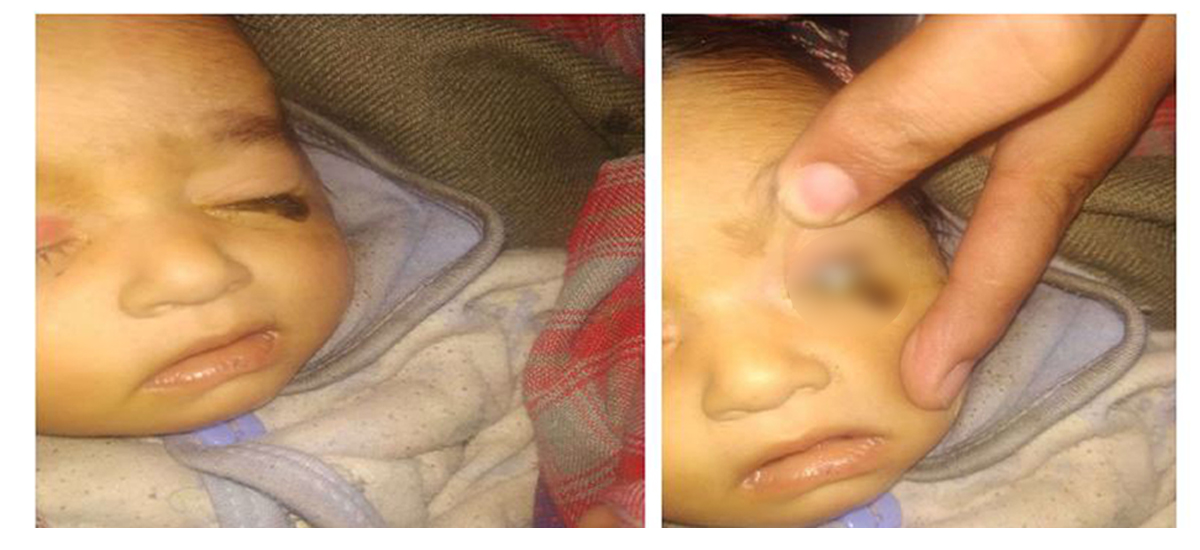
The sight was heartbreaking; the child was so young, so fragile. Despite the severe condition of her eye, she was otherwise healthy, with no fever and normal breathing. I held her in my arms, feeling the weight of her tiny body and the immense responsibility on our shoulders.
We knew we couldn’t treat her there, in that remote village. The condition was too severe. So, we decided to send her to Fateh Bal Eye Hospital at Nepalgunj, arranging for free treatment. The parents were poor, unable to afford the journey, so we pooled our resources—though we had little ourselves—and gave them enough money to cover their
travel and living expenses at Nepalgunj.
We urged them to hurry; time was of the essence. If not treated soon, the condition could affect her other eye as well. As we watched them leave, our hearts were heavy with the knowledge that her left eye was beyond saving. But
we hoped, at the very least, to protect her remaining vision.
That night, I couldn’t stop thinking about the baby. As we continued our journey, my thoughts remained with that baby girl. I was not able to shake the image of her tiny, innocent face. We then asked our local guide to check on them the next day.
The news we received was devastating. The child had died the very night we had met her. It was a blow, none of us were prepared for. How could she have died? She seemed healthy despite her eye condition.
The shock and grief weighed heavily on my heart. Even now, I can’t forget that little girl. I wonder if her death was truly natural. In those remote areas, where gender discrimination is still prevalent, where daughters are seen as
less valuable than sons, I can’t help but question what happened.
Did her parents, burdened by poverty and societal pressures, decide she was better off not surviving? These thoughts haunt me even today. This experience has made me question everything.
Have we reached the unreached? Can we truly say that healthcare has covered most of the population when there are places where a 29-day-old girl with a prolapsed eye dies in such tragic circumstances?
There are probably many more innocent daughters out there, facing similar fates. It’s time to think, to act, and to ensure that no child is left behind, no matter where they are born.
Our “Trek and Treat” mission continues, but now with a heavier heart and a deeper resolve. We will keep hiking, keep treating, and keep fighting for those who can’t fight for themselves.
This journey is about more than just healthcare—it’s about compassion, hope, and the belief that every life, no matter how small, matters.


